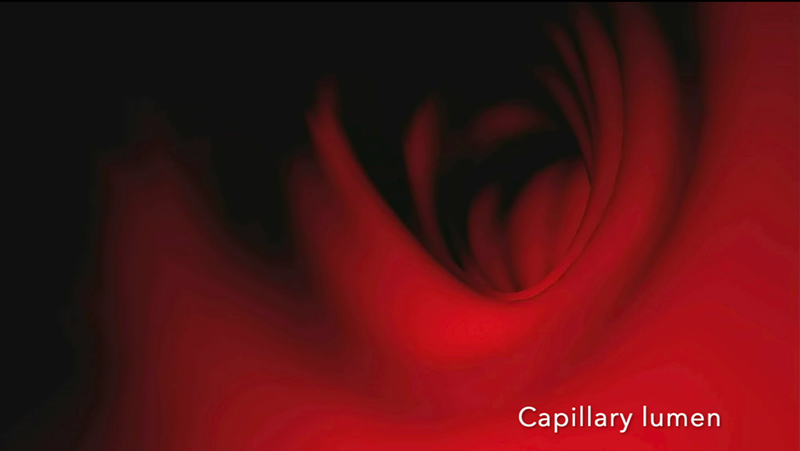3D VASCULOSKIN
Bilayer skin model featuring microvascular-like networks
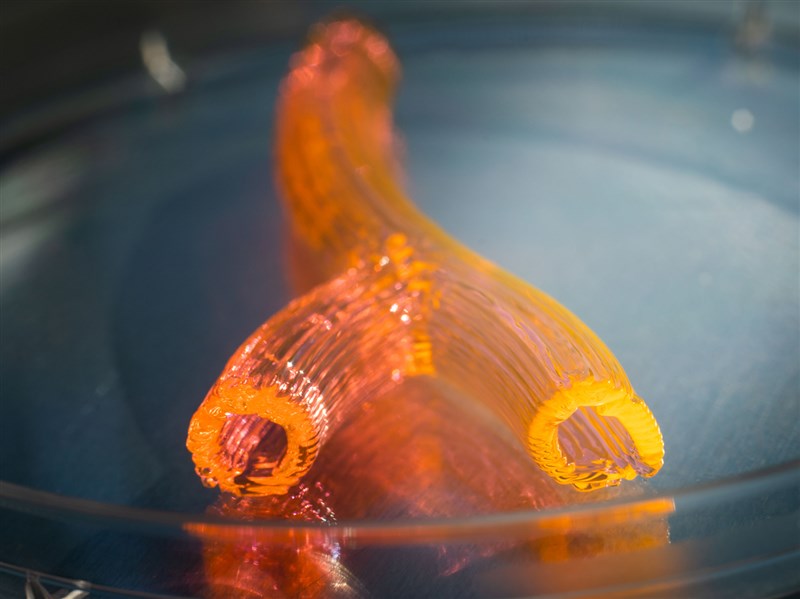
What is it About?
Nowadays, studies about skin vascular system rely mainly on the use of 2D cell culture models and most 3D models are classic tube formation assays adapted from studies of angiogenesis in vitro.
Few attempts have been made to employ tissue-engineering strategies to generate dermal equivalent containing human vasculature in vitro. However, these approaches rarely include the epidermal compartment
to recreate a full-thickness reconstructed skin.
In this view, LabSkin designers have developed 3D VASCULOSkin: an in vitro skin equivalent that assumes
the human dermal-epidermal architecture and includes vascular microcapillary network.
LabSkin 3D VASCULOSkin engineered with microvascular endothelial cells
Over the past decades, multiple types of endothelial cells extracted from large or small vessels from different origins
were used to engineer vascularised skin tissue.
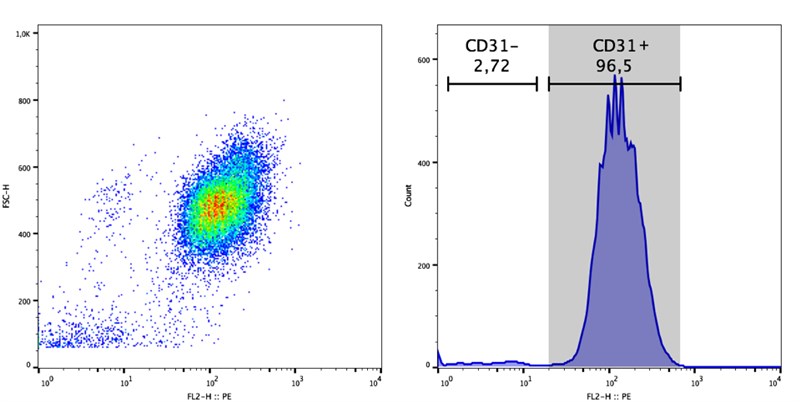
To be as close as the native tissue, LabSkin Creations generates internally highly pure (>95%) CD31+ human microvascular endothelial cells
extracted from human dermis to produce vascularised 3D skin model.
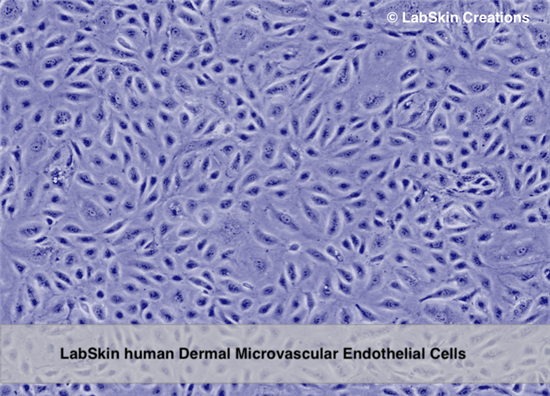
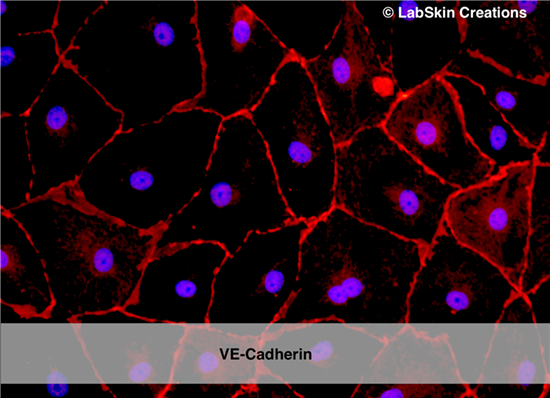
LabSkin dermal microvascular endothelial cells used to engineer vascular skin model exhibit in 2D typical cobblestone morphology
and express specific endothelial-related markers like VE-cadherin.
Bilayer skin reconstruction model featuring vascular-like networks
Many advances have been made in skin engineering but challenges still exist for constructing thick or complex tissues with all in vivo functions.
One of the main challenges is vascularisation.
LabSkin skin Designers did it!
By combining advanced tissue engineering technologies like biomimetic scaffolding materials and bioprinting, LabSkin developed
a vascularized full-thickness skin equivalent with complex microvasculature network embedded in neosynthetized ECM
and a differentiated epidermis containing all the layers of the in vivo structure.
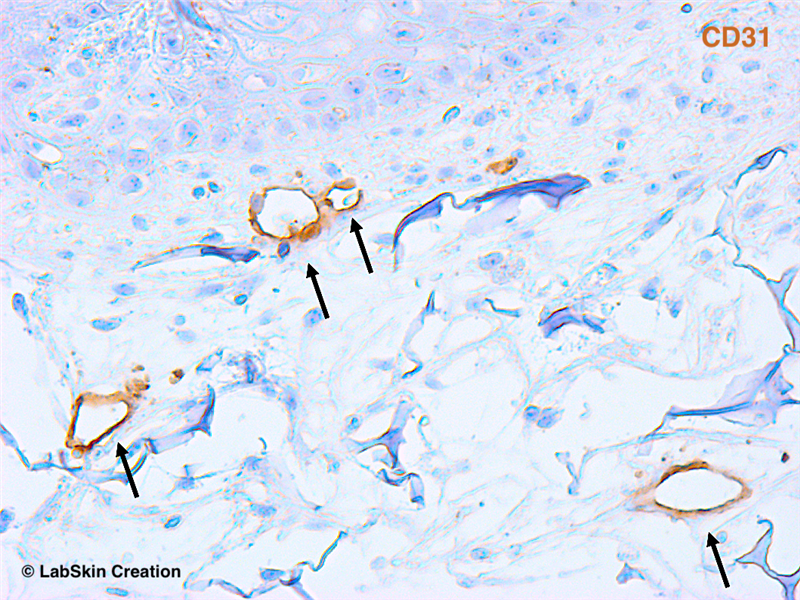
This model promotes the spontaneous formation of capillary-like tubes arising from an adequate wall structure combining multiple
endothelial cells with internal lumens and a three-dimensional branching network organization (see the video).
3D VASCULOSkin model combining advanced cell culture techniques and cutting-edge tissue-engineering approaches paves the way
towards a more physiologically-relevant and sustainable 3D skin equivalent tissue, as well as
a broad range of applications for efficacy and safety evaluations.






